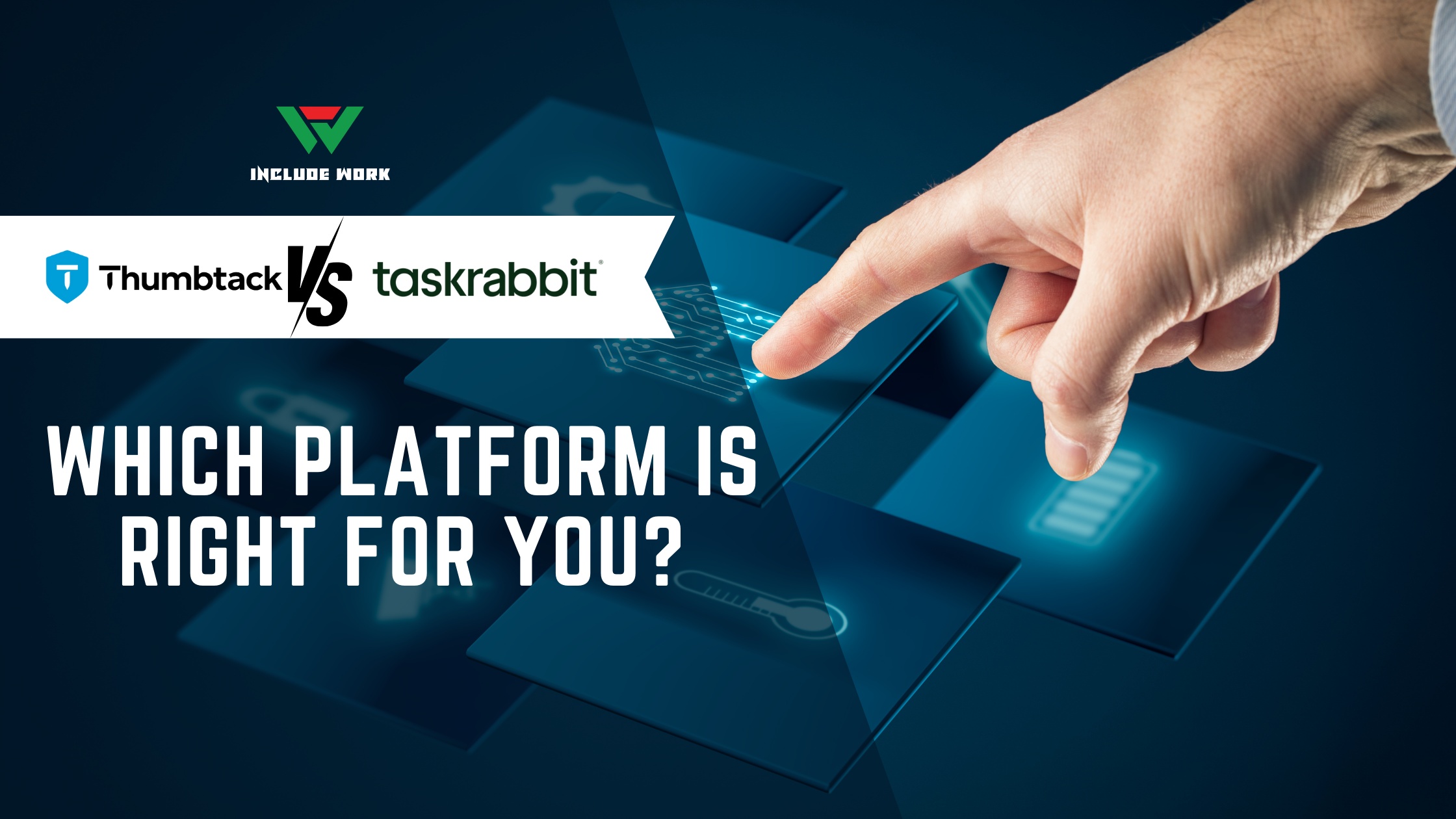In today’s digital age, “why is paid advertising important?” is more than just a query—it’s a crucial strategy for businesses aiming to thrive in a competitive market. Paid advertising stands out as a dynamic tool that amplifies brand visibility, targets specific demographics effectively, and drives conversions at an accelerated pace.
Table of Contents
Whether it’s through social media platforms, search engines, or digital banners, paid advertising offers unparalleled opportunities to connect with potential customers. This brief overview will delve into the core aspects of paid advertising, from its definition to its integration with other marketing strategies, highlighting its cost-effectiveness and its evolving role in the marketing landscape.
What is Paid Advertising
Paid advertising refers to the practice of purchasing ad spaces to promote products or services directly to target audiences. Unlike organic marketing efforts, which rely on natural growth over time, paid advertising ensures immediate visibility and control over the messaging and placement. This form of advertising encompasses a variety of formats, including:

- Pay-Per-Click (PPC): Advertisers pay a fee each time one of their ads is clicked.
- Display Ads: Visual banners placed on strategic websites.
- Social Media Ads: Customized ads tailored to the demographics of social media users.
- Native Advertising: Ads that blend in with the content of the website, providing a less intrusive experience.
Each type is designed to serve different strategic purposes, from boosting website traffic to enhancing brand recognition or promoting specific offers. Understanding these categories helps marketers choose the right type of paid advertising to achieve their business objectives effectively.
The Benefits of Paid Advertising
Paid advertising offers several compelling advantages that make it a cornerstone of modern marketing strategies. Here are some key benefits:

- Targeted Reach: Paid ads allow for precise targeting based on demographics, interests, behaviors, and more. This specificity ensures that your marketing message reaches the most relevant audience, maximizing the impact of your campaigns.
- Immediate Results: Unlike organic methods, which can take time to gain traction, paid advertising delivers immediate visibility. This is crucial for new product launches or promotional campaigns that require quick awareness.
- Scalability: As your business grows, paid advertising can scale with you. With increased investment, you can expand your reach and intensify your marketing efforts without a proportional increase in effort.
- Brand Awareness: Even if users don’t click on your ads, just seeing them contributes to brand recognition. Repeated exposure can enhance the likelihood of conversion later on.
- Flexibility: Paid advertising campaigns can be adjusted on the fly based on performance data. This adaptability allows marketers to optimize their strategies in real-time for better outcomes.
Paid advertising offers several compelling advantages that make it a cornerstone of modern marketing strategies. Here are some key benefits
Cost-Effectiveness of Paid Advertising
One of the most appealing aspects of paid advertising is its cost-effectiveness. Here’s how it ensures efficient use of marketing budgets:
- Pay-Per-Click (PPC) Efficiency: With PPC models, you only pay when someone clicks on your ad. This means your budget is directly tied to the amount of engagement your ad receives, ensuring you’re not spending money on unseen advertisements.
- Budget Control: Paid advertising platforms typically allow you to set daily or campaign-specific budget limits. This level of control prevents overspending and helps manage marketing expenses effectively.

- ROI Measurement: The clear metrics available with paid advertising—such as impressions, clicks, and conversions—make it easier to track return on investment (ROI). Businesses can see exactly what they are getting back from their spend, making it easier to justify and optimize budgets.
- Testing and Optimization: The ability to test different ads and strategies quickly and economically means you can refine your approach to focus on what works best, reducing wasteful spending over time.
These factors make paid advertising an accessible and attractive option for businesses of all sizes, optimizing their expenditure for maximum return.
Integration with Other Marketing Strategies
Paid advertising does not exist in isolation; it’s most effective when integrated with other marketing strategies. Here’s how combining paid advertising with other tactics can enhance your overall marketing impact:
- Content Marketing Synergy: Pairing paid ads with strong content marketing ensures that once users click through, they find valuable and engaging content. This can lead to higher conversion rates and increased customer loyalty.
- SEO and Paid Search: Integrating paid advertising with search engine optimization (SEO) can drive both immediate traffic via ads and long-term traffic through organic search rankings. This dual approach maximizes visibility across search engines.
- Social Media Engagement: Using paid advertising on social media platforms can boost the reach of posts, complementing organic engagement and helping to build a larger, more engaged audience.
- Email Marketing Enhancement: Targeted paid ads can help grow your email list by encouraging sign-ups through strategic placements. Once on your list, you can nurture leads with personalized email content.
By weaving paid advertising into a comprehensive marketing plan, businesses can create a more cohesive and powerful marketing ecosystem that drives greater results.
Measuring the Success of Paid Advertising
To fully understand why paid advertising is important, it’s crucial to know how to measure its success. Here are key metrics and methods to evaluate the effectiveness of your paid advertising campaigns:
- Conversion Rates: Tracking how many clicks on your ads result in desired actions (like sales, sign-ups, or downloads) provides direct insight into their effectiveness.
- Click-Through Rate (CTR): This metric indicates the percentage of people who clicked on your ads after seeing them. A higher CTR generally suggests that your ads are relevant and engaging to your audience.
- Cost Per Acquisition (CPA): CPA measures how much it costs to acquire a customer through a specific advertising campaign. Lower CPAs indicate a more cost-effective campaign.
- Return on Ad Spend (ROAS): ROAS is a crucial metric that measures the revenue generated for every dollar spent on advertising. It helps assess whether the ad spend is justifiable and profitable.
- Customer Lifetime Value (CLV) Impact: Understanding the long-term value of customers acquired through paid ads can help justify the upfront investment.
By regularly analyzing these metrics, businesses can optimize their advertising strategies to ensure they are getting the best possible return on their investment. This continuous improvement cycle is vital for staying competitive in fast-paced market environments.
why is paid advertising important | Personal experience
Hey there! I totally get why you’re curious about the importance of paid advertising. It’s a game-changer, really, and I’ve got a story that just might help shed some light on this for you.
So, a few years back, I started a small online bakery—fueled by a passion for cookies and an old family recipe. Initially, I relied purely on word of mouth and organic social media posts. It was okay, but the growth was slow, almost snail-paced. Then, I decided to dip my toes into the world of paid advertising.
I started with a small budget on Facebook ads, targeting cookie lovers in my city. The results? Surprisingly delightful! Suddenly, I wasn’t just a neighborhood secret; people from all over the city were placing orders. That little investment expanded my customer base way faster than any Instagram post could have. It was like throwing gasoline on a tiny spark and watching it ignite into a roaring fire.
But here’s the clincher—without paid advertising, I wouldn’t have been able to target specific demographics so precisely or analyze the data to see what works best. The ability to tweak and optimize ads is a huge plus. For instance, I learned that my ads featuring mouth-watering photos of freshly baked cookies performed better in the evenings when people were likely craving a sweet treat.
That insight was gold! Paid advertising not only boosted my visibility but also provided invaluable insights into consumer behavior, helping me make smarter business decisions. So, in a nutshell, paid advertising can be a powerful tool to accelerate growth and refine your marketing strategy based on real data.
Future Trends in Paid Advertising
As the digital landscape evolves, so too does paid advertising. Staying ahead of future trends is crucial for businesses aiming to leverage this dynamic marketing tool effectively. Here are some emerging trends in paid advertising:
- Increased Use of AI and Machine Learning: These technologies are becoming more prevalent in optimizing ad campaigns for maximum efficiency and effectiveness. They can predict user behavior, automate bidding strategies, and personalize ads at scale.
- Voice Search Optimization: With the rise of voice-activated devices, ads optimized for voice search are becoming increasingly important. Adapting keywords and phrases to fit more conversational voice queries is a growing priority.
- Privacy and Data Protection: As consumer awareness of privacy issues increases, advertisers need to adjust strategies to respect user privacy while still delivering personalized experiences.
- Interactive and Immersive Formats: Augmented reality (AR) and virtual reality (VR) are setting the stage for more interactive ad experiences. These formats can dramatically increase engagement by offering users a more immersive and memorable experience.
- Integration of Social Commerce: The blending of e-commerce and social media platforms offers a seamless path from ad to purchase, reducing the steps consumers need to take to buy a product or service.
By keeping an eye on these trends, marketers can adapt their strategies to maintain relevance and effectiveness in a rapidly changing digital advertising environment.
Conclusion
In conclusion, understanding “why is paid advertising important?” is vital for any business looking to thrive in today’s digital economy. Paid advertising not only offers immediate visibility and targeted reach but also provides measurable results that can be optimized for better performance over time. By integrating paid advertising with other marketing strategies and staying abreast of emerging trends, businesses can create robust, dynamic marketing campaigns that drive growth and success. Embracing these practices ensures that companies can effectively engage with their desired audiences and achieve significant returns on their advertising investments.






